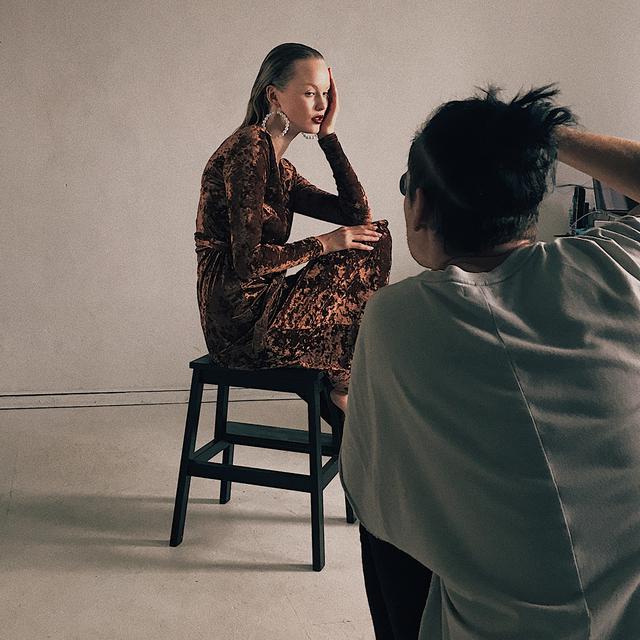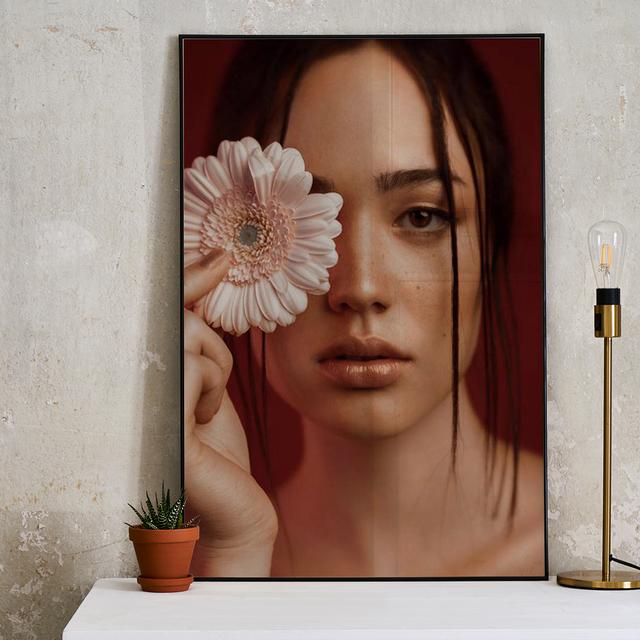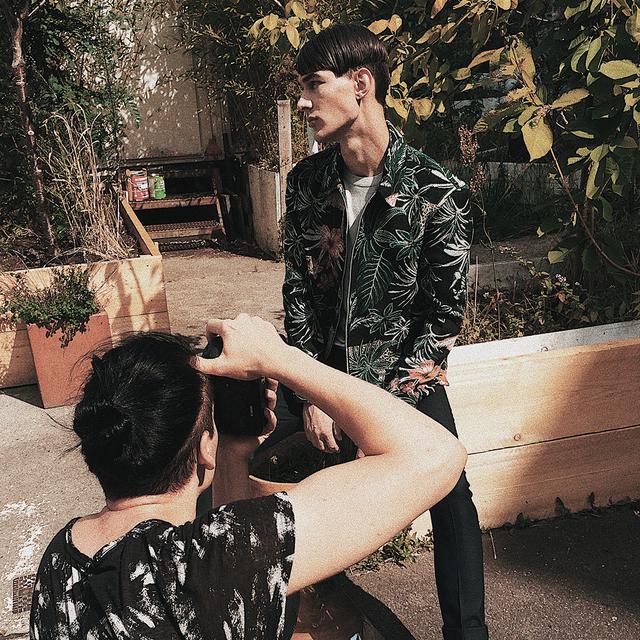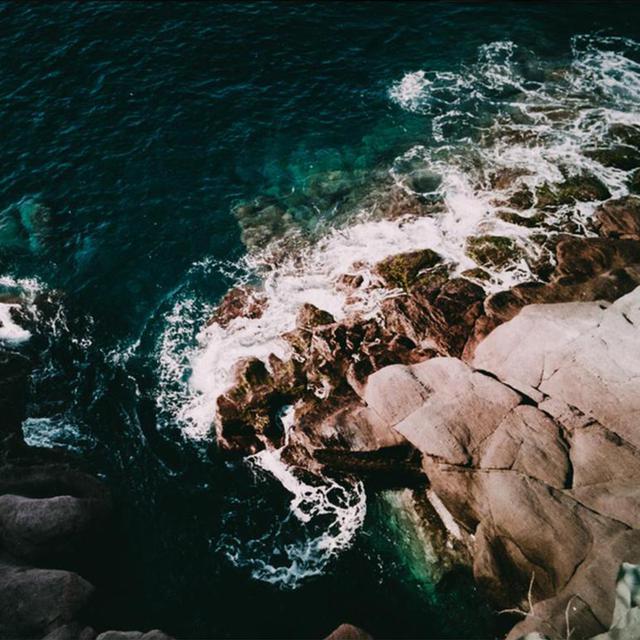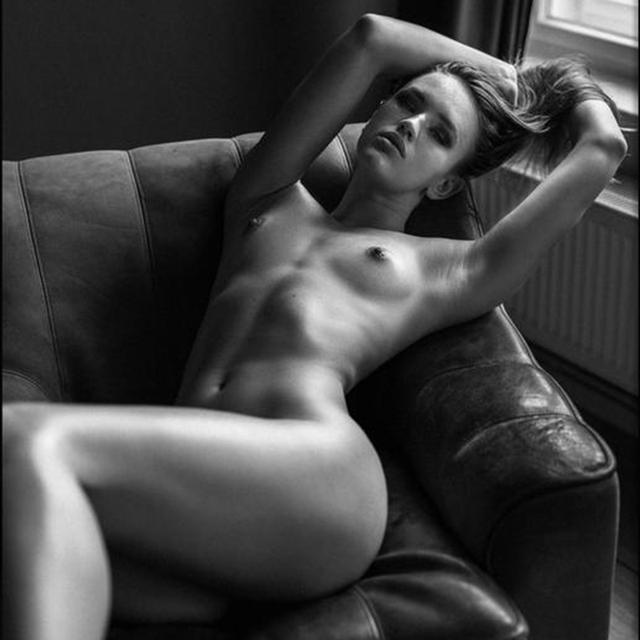When fashion photography meets the great outdoors—so varied is the portfolio of Berlin-based photographer Sebastian Hilgetag. While the women he portrays radiate strength, confidence and beauty, his nature shots capture the world with an air of mystery and wonder. What all his photographs have in common? Their reliance on the purity of natural light.
Intrigued to find out more about the man behind the camera, we asked Sebastian about his journey to becoming a photographer, his experience living and working in Berlin, and more.
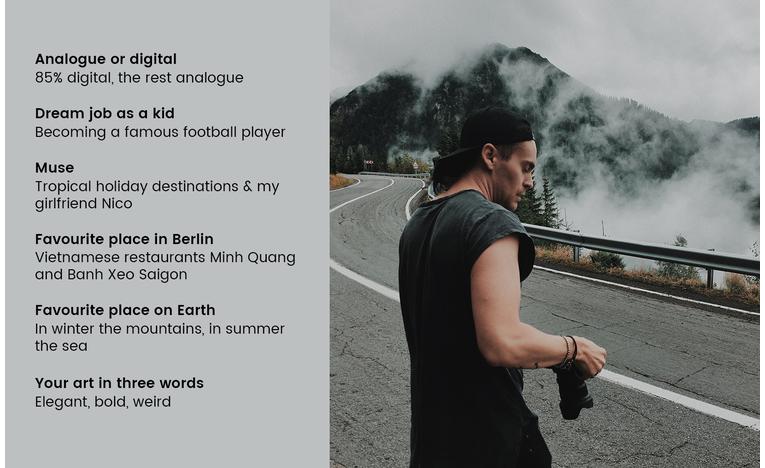
Tell us a little bit more about your path to becoming an artist. When did you start taking photos and how did you get to where you are today?
I started working in the creative fields when I began studying design in 2009. Around this time, I also began to take my photography more seriously. Of course, I had used cameras before and loved to take photos and edit them, but to be honest I had no idea what I was doing. I think studying design helped me a lot; I gained not only an understanding of the basics of aesthetics, but also of marketing strategies and how to work with target groups.
After I finished my master's thesis, I decided to concentrate on fashion photography and worked a lot on set with model agencies, designers and make-up artists. Step by step, I began to build a working business out of my photography and eventually stopped freelancing for agencies as a visual designer so that I could grow as a photographer. Even today, I’m still trying to improve my portfolio further. In photography, the learning never stops since it’s such a trend-driven field of work.
Describe your life in Berlin. How does the city influence you?
Life in Berlin has two sides to it, I would say. I think Berlin is my favourite city in Germany. I really enjoy the vibe, especially in summer—it’s beautiful. I love that you can be kind of free in Berlin. People are still judgemental here, but they’re exposed to more extravaganza and different ways of living. This open-mindedness helped me to develop as an artist and photographer. Another thing: especially in the early morning and late afternoon, Berlin is bathed in beautiful light. I have an atelier with beautiful natural light, so I love to work there.
On the other hand, it makes me sad to see that Berlin is burning out. It’s weird to see that politicians are doing so little to protect the scene, even though they are living off its reputation as the creative capital of Germany. When I was a kid, Berlin was this rare gem with a vibrant underground scene, lots of interesting places to discover, awesome clubs everywhere, and beautiful buildings where artists had their ateliers. Nowadays, everything’s being ruined by huge investors who don’t care about art and culture, but just want to make a profit out of this city and its houses. Also, more and more artists are coming to Berlin and destroying the market by working for almost nothing.
We love your quote: “The first phase of a project will always be to find a strong and unique idea.” Tell us a little more about your creative process.
As I mentioned earlier, I come from a strong design-service driven background. This makes me think of target audiences and concepts first in my workflow. We all need a phase of experimenting in our careers too, of course. I’ve done this a lot in recent years during my test shoots with models. At the moment, however, my projects are so extensive that I need a roadmap first before I start to shoot. The first step is inspiration and ideation, where I need a spark to set off a little idea, maybe an object or mood that inspires me. After that comes the conceptual phase, where I have to create a story out of this inspiration. And only then do I get on with the execution, which involves shooting and post-production.
Light and colour effects seem to play a prominent role in many of your snapshots. Describe their role and significance to you as a photographer.
True. I think this is where you have to distinguish between a photograph and a snapshot. We all take snapshots with our phones, and sometimes even with professional cameras. But by playing with light and colours, you create a photograph that people like. I like playing with natural light in my work and, if done right, I love the mood it can create. Once you understand that taking photos is about capturing light reflecting from objects, you see things differently.
As a fashion and commercial photographer, you’ve worked for big brands such as Nike, Vogue and Vice. What was your most exciting project to date, and why?
I must say my favourite projects aren’t those involving big names, rather the ones where I have creative freedom or where I can work with a great team of people who see things like I do. Given my background as a designer, with a focus on branding, concepts and marketing, I love it when the client entrusts me with ideating the visual language of their brand. Usually this happens with smaller, upcoming brands. Somehow I love taking on the role as creative director as well as executing my own ideas, since this gives me a stronger connection to the end results. Right now, I’m involved in a project like this for an upcoming shoe brand—it’s really fulfilling.
Imagine a world without limits. What would be your dream subject or location to capture with your camera, and why?
That’s an interesting question. There are a lot of places on my list I haven’t been to yet, though none of them are inaccessible! I’d love to take a photo of a whale out in the ocean; I find these huge creatures so fascinating and have this beautiful composition in mind with a whale surrounded by blue water.
Which print in your collection at JUNIQE are you most proud of, and why?
That’s a tough question as I love all of my photos at JUNIQE! I’d say I’m most proud of “Helen VI”, though. I simply adore the mood I created together with Helen in this one—playing with light and shadow as I mentioned earlier. This photo was taken on a cloudy day in Berlin in autumn 2017. Helen had just arrived from New York and we shot the story in her accommodation. The way the light wraps around her while keeping other parts in the shadow is exactly what I wanted to capture. It makes her appear strong, yet mysterious.
This photo makes me proud for several reasons. I’m proud that my friend Helen, who is also a professional model, trusts me to take this kind of intimate picture of her. That she trusts me to achieve an outcome that shows her beauty in a way that she likes too. With this story, I wanted to create nudes of a strong, empowered woman who is comfortable in her own skin—without objectifying her in any way. For me, it was important that those photos were moody and aesthetic rather than sexy. I think we accomplished this!
As we see it, Sebastian Hilgetag truly values the subjects of his photographs, striving for a relationship based on mutual trust and respect. The result? Images that shine a spotlight on the remarkable strength to be found in a model’s vulnerability.
Curious to discover more?
Text: Laura Veneklaas
Translation: Lucy Woods
